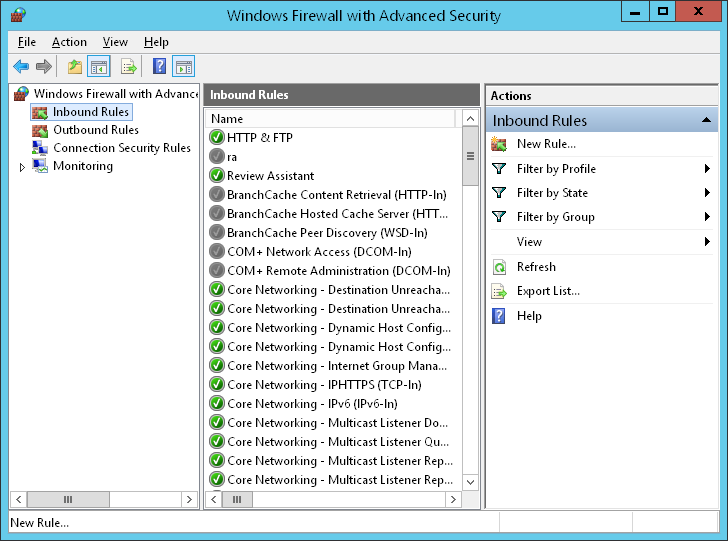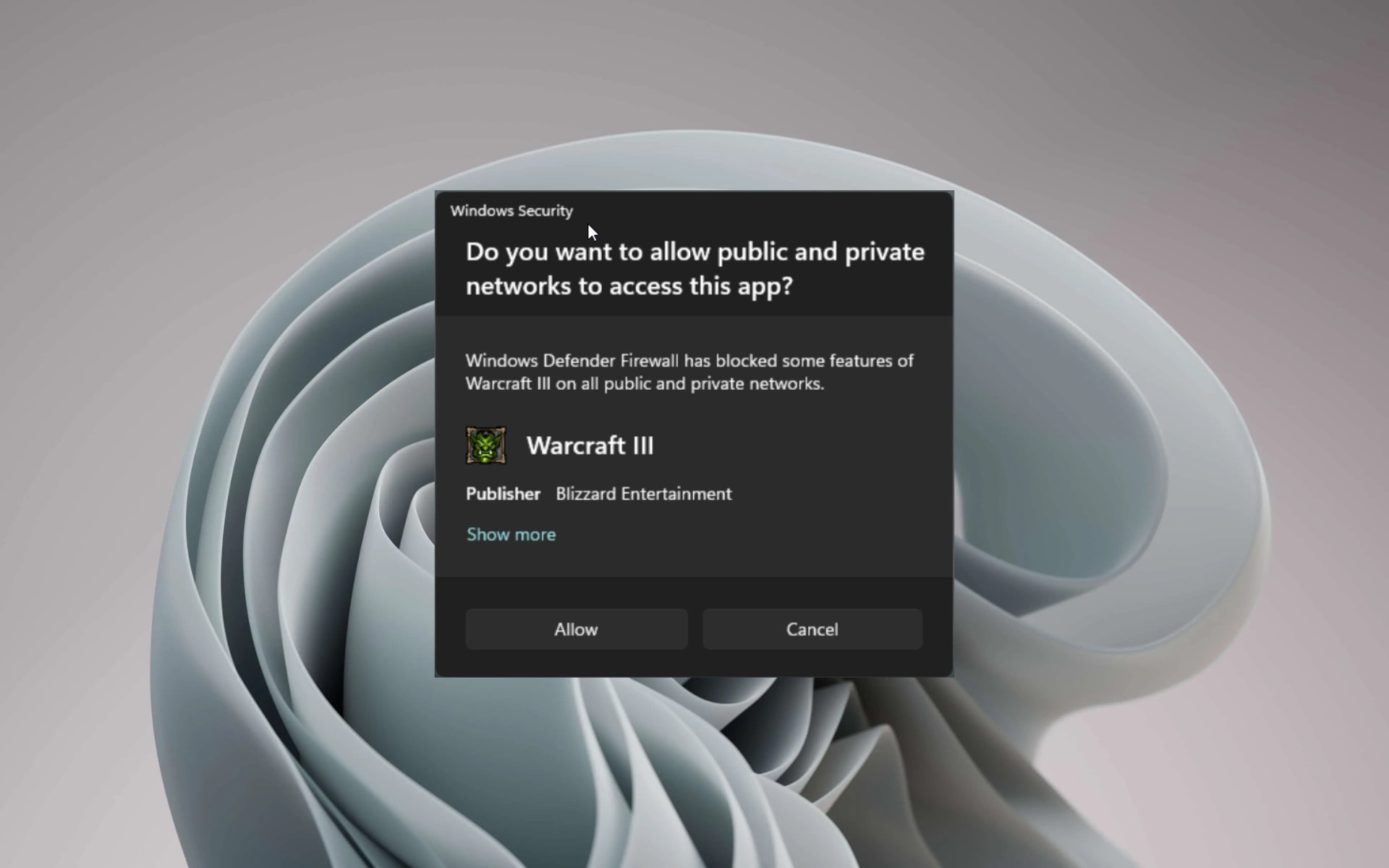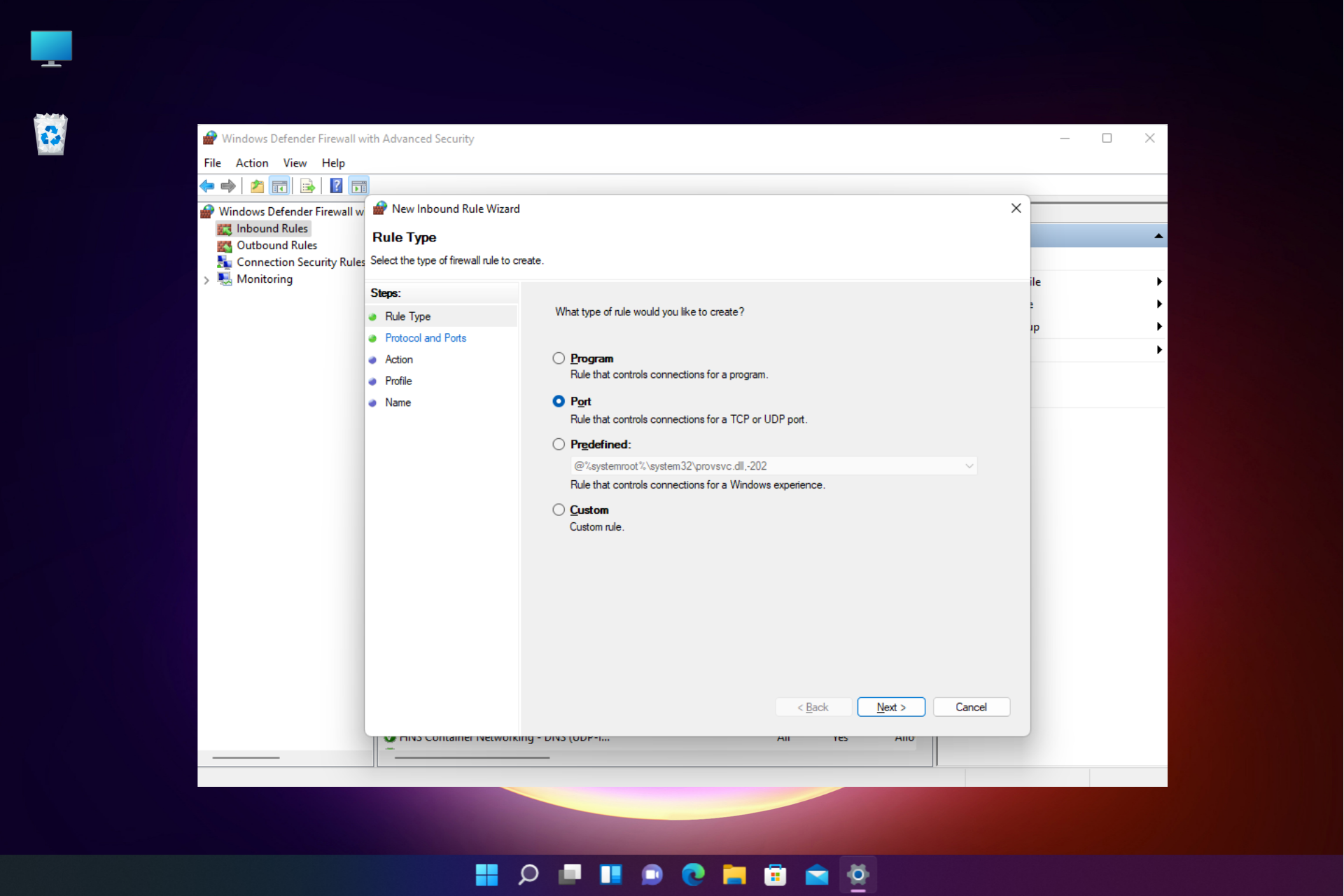So, you're here because you're looking to harness the power of RemoteIoT without relying on Windows, right? Well, buckle up, my friend, because we're about to dive deep into the world of IoT and remote access. This comprehensive guide will walk you through everything you need to know to set up and manage RemoteIoT behind your router—all without spending a dime on Windows software. Let’s get started!
Imagine being able to control your IoT devices from anywhere in the world. Sounds awesome, doesn’t it? But what happens when you're stuck behind a router and don’t want to shell out cash for Windows-based solutions? Fear not! We’ve got your back. This guide will cover all the nitty-gritty details, from setting up port forwarding to configuring firewalls, ensuring your IoT setup is secure and efficient.
In today’s tech-driven world, IoT devices are everywhere—from smart thermostats to security cameras. But managing these devices remotely can sometimes feel like climbing Mount Everest, especially if you're working with limited resources. That’s why we’ve put together this step-by-step guide to help you navigate the challenges of using RemoteIoT behind a router without relying on Windows. Let’s make this happen!
Read also:Imax Vs Avx
Table of Contents
Why Use RemoteIoT Behind a Router?
Read also:How To Hide Wood Filler After Staining
Using Open-Source Alternatives to Windows
Understanding RemoteIoT
Before we dive into the technical stuff, let’s take a moment to understand what RemoteIoT actually is. RemoteIoT refers to the ability to access and control Internet of Things (IoT) devices from a remote location. Whether it’s turning off a smart light bulb or checking the footage from your security camera, RemoteIoT makes it possible to interact with your devices as if you were standing right next to them.
Now, here’s the kicker: setting up RemoteIoT behind a router can be tricky, especially if you’re trying to do it without Windows. But don’t worry—we’re here to simplify the process for you. By the end of this section, you’ll have a solid understanding of how RemoteIoT works and why it’s such a game-changer for modern households and businesses.
What Makes RemoteIoT Unique?
RemoteIoT isn’t just about convenience; it’s about empowerment. With the right setup, you can:
- Monitor your home or office in real-time.
- Automate tasks to save time and energy.
- Enhance security by controlling access to your devices.
And the best part? You can do all of this without breaking the bank. Who needs expensive Windows-based solutions when you can achieve the same results with open-source tools and a bit of know-how?
Why Use RemoteIoT Behind a Router?
Let’s face it: routers are the unsung heroes of our digital lives. They keep us connected, secure, and in control. But when it comes to IoT devices, routers can sometimes feel like a double-edged sword. On one hand, they provide a layer of security by isolating your devices from the outside world. On the other hand, they can make it difficult to access those devices remotely.
That’s where RemoteIoT comes in. By setting up your IoT devices behind a router, you can enjoy the benefits of both worlds—security and accessibility. Plus, with the right configuration, you can bypass the need for Windows altogether, saving yourself time, money, and hassle.
Benefits of Using RemoteIoT Behind a Router
Here are just a few reasons why using RemoteIoT behind a router is a smart choice:
- Enhanced Security: Routers provide an additional layer of protection, making it harder for hackers to access your devices.
- Cost-Effective: By avoiding Windows-based solutions, you can save hundreds of dollars in software costs.
- Customization: With open-source tools, you have the freedom to tailor your setup to meet your specific needs.
Choosing the Right Router
Not all routers are created equal, especially when it comes to IoT. If you’re serious about using RemoteIoT behind a router, it’s important to choose a router that supports the features you need. Look for routers that offer:
- Advanced port forwarding capabilities.
- Customizable firewall settings.
- Support for open-source firmware like DD-WRT or Tomato.
Some popular options include the TP-Link Archer C7, Netgear R7000, and Asus RT-AC68U. These routers are known for their reliability, performance, and compatibility with open-source firmware.
Why Open-Source Firmware Matters
Open-source firmware like DD-WRT and Tomato can significantly enhance your router’s capabilities. Not only do they provide advanced features like port forwarding and QoS (Quality of Service), but they also allow you to fine-tune your network settings for optimal performance.
And the best part? Open-source firmware is free, so you won’t have to spend a dime to upgrade your router’s functionality.
Setting Up Port Forwarding
Port forwarding is one of the most critical steps in setting up RemoteIoT behind a router. Without it, your devices won’t be able to communicate with the outside world. Here’s how to set it up:
- Log in to your router’s admin panel using its IP address (usually 192.168.0.1 or 192.168.1.1).
- Locate the "Port Forwarding" or "Virtual Servers" section.
- Add a new rule, specifying the external port, internal port, and IP address of your IoT device.
- Save the changes and restart your router.
It’s important to choose unique port numbers for each device to avoid conflicts. For example, you might use port 8080 for a web server and port 5000 for a security camera.
Tips for Effective Port Forwarding
Here are a few tips to help you get the most out of port forwarding:
- Avoid using common ports like 80 or 443 to minimize security risks.
- Document your port forwarding rules for easy reference.
- Test your setup using online tools like Canyouseeme.org to ensure everything is working as expected.
Configuring Firewall Settings
Firewalls are essential for protecting your network from unauthorized access. When setting up RemoteIoT behind a router, it’s crucial to configure your firewall settings correctly. Here’s how:
- Log in to your router’s admin panel.
- Locate the "Firewall" or "Access Control" section.
- Create rules to allow traffic on the ports you’ve configured for your IoT devices.
- Save the changes and test your setup.
Remember, a well-configured firewall can make all the difference in keeping your network secure. Don’t skimp on this step!
Best Practices for Firewall Configuration
Here are a few best practices to keep in mind:
- Only allow traffic on the ports you absolutely need.
- Use strong passwords and enable two-factor authentication wherever possible.
- Regularly update your router’s firmware to patch security vulnerabilities.
Securing Your RemoteIoT Setup
Security should always be a top priority when setting up RemoteIoT behind a router. Here are a few tips to help you secure your setup:
- Use strong, unique passwords for all your devices and accounts.
- Enable encryption on your Wi-Fi network.
- Regularly monitor your network for suspicious activity.
By taking these precautions, you can ensure that your RemoteIoT setup is both functional and secure.
Common Security Threats to Watch Out For
Here are a few common security threats to be aware of:
- Brute Force Attacks: Hackers use automated tools to guess your passwords.
- Man-in-the-Middle Attacks: Attackers intercept your communications to steal sensitive information.
- Malware Infections: Infected devices can compromise your entire network.
Using Open-Source Alternatives to Windows
So, you want to use RemoteIoT without Windows? No problem! There are plenty of open-source alternatives that can help you achieve the same results. Here are a few options to consider:
- Linux: A powerful, flexible operating system that’s perfect for IoT applications.
- FreeNAS: A free, open-source NAS solution that can be used to manage your IoT devices.
- OpenWRT: An open-source firmware that can turn your router into a powerful IoT gateway.
With these tools at your disposal, you can create a robust RemoteIoT setup without ever touching Windows.
Why Choose Open-Source?
Here are a few reasons why open-source solutions are worth considering:
- Cost-Effective: Most open-source tools are free, saving you money on software licenses.
- Customizable: You have full control over the code, allowing you to tailor the solution to your needs.
- Community Support: Open-source projects often have active communities that can help you troubleshoot issues.
Troubleshooting Common Issues
Even the best-laid plans can go awry. If you’re having trouble setting up RemoteIoT behind your router, here are a few common issues and how to fix them:
- Port Forwarding Not Working: Double-check your port forwarding rules and ensure your router’s firmware is up to date.
- Firewall Blocking Traffic: Verify that your firewall rules allow traffic on the necessary ports.
- Device Not Responding: Restart your router and ensure your device is properly connected to the network.
Don’t be discouraged if things don’t work perfectly the first time. With a little patience and persistence, you’ll get your RemoteIoT setup up and running in no time.
Optimizing Your RemoteIoT
Once you’ve got your RemoteIoT setup working, it’s time to optimize it for peak performance. Here are a few tips to help you get the most out of your system:
- Use a wired connection whenever possible to reduce latency and improve reliability.
- Regularly update your devices’ firmware to ensure compatibility and security.
- Monitor your network usage to identify bottlenecks and areas for improvement.
By following these tips, you can ensure that your RemoteIoT setup is fast, reliable, and secure.
Conclusion
And there you have it—a comprehensive guide to using RemoteIoT behind a router without Windows. Whether you’re a tech-savvy homeowner or a small business owner looking to streamline your operations, this guide has everything you need to get started.
Remember, the key to success is preparation and patience. Take the time to understand your network, configure your settings correctly, and secure your devices. With the right tools and knowledge, you can create a RemoteIoT setup that’s both functional and secure.
So, what are you waiting for?


